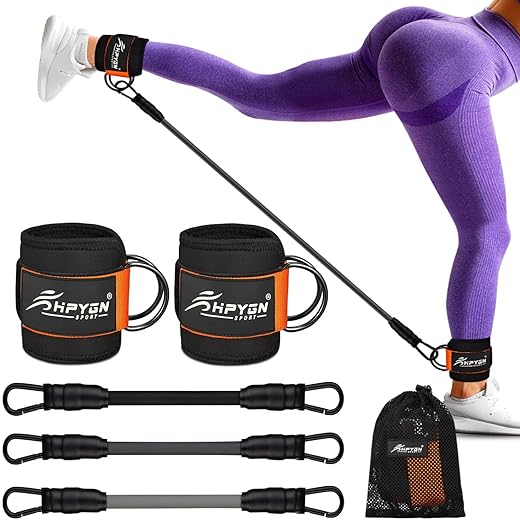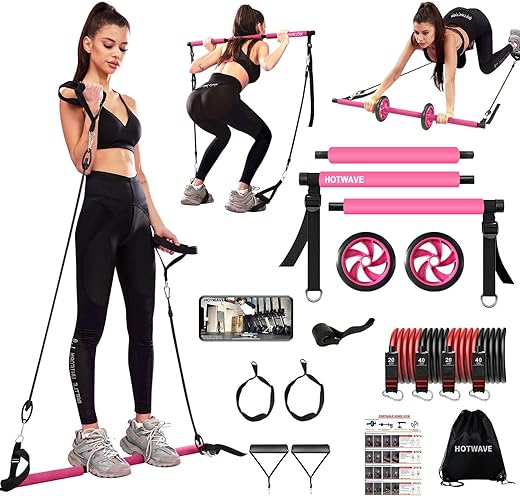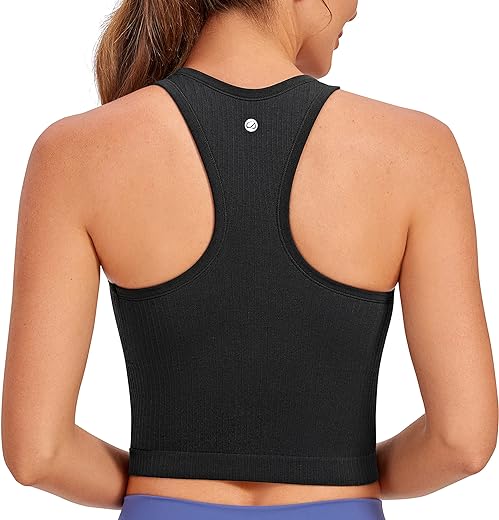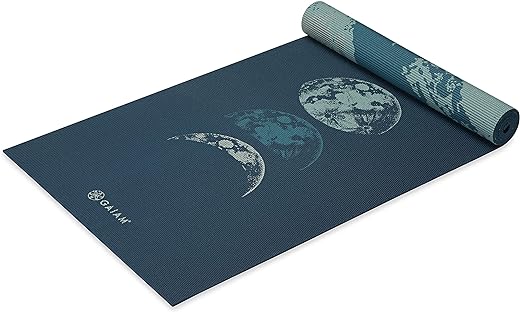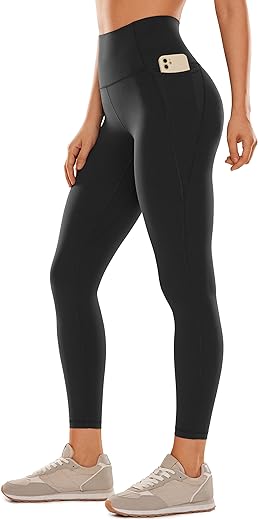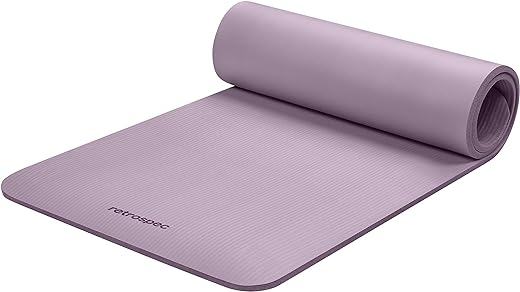10 Open Leg Exercises for Flexibility and Strength

Open leg exercises are fantastic for boosting lower body flexibility and strength. They target important muscle groups including the hips, inner thighs, and glutes. This blog post will explore 10 effective open leg exercises that can be done at home without any special equipment.
Understanding the Importance of Open Leg Exercises
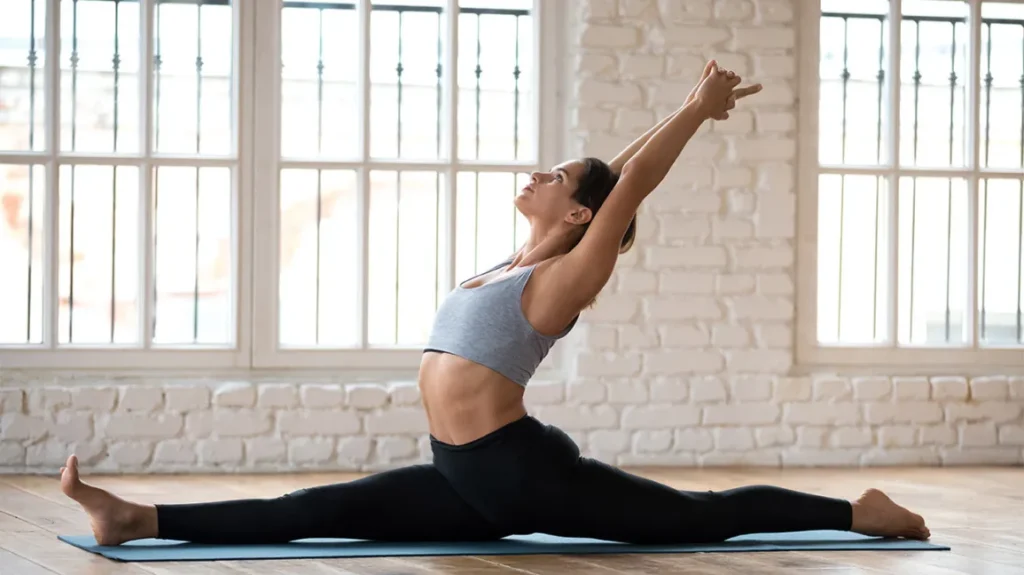
Strong legs are essential for various physical activities and overall mobility. Regular open leg exercises can improve flexibility and strength in the lower body, reducing the risk of injuries and enhancing athletic performance.
They contribute to better balance and stability, decreasing the likelihood of falls, especially as individuals age.
Incorporating Open Leg Exercises into Your Routine
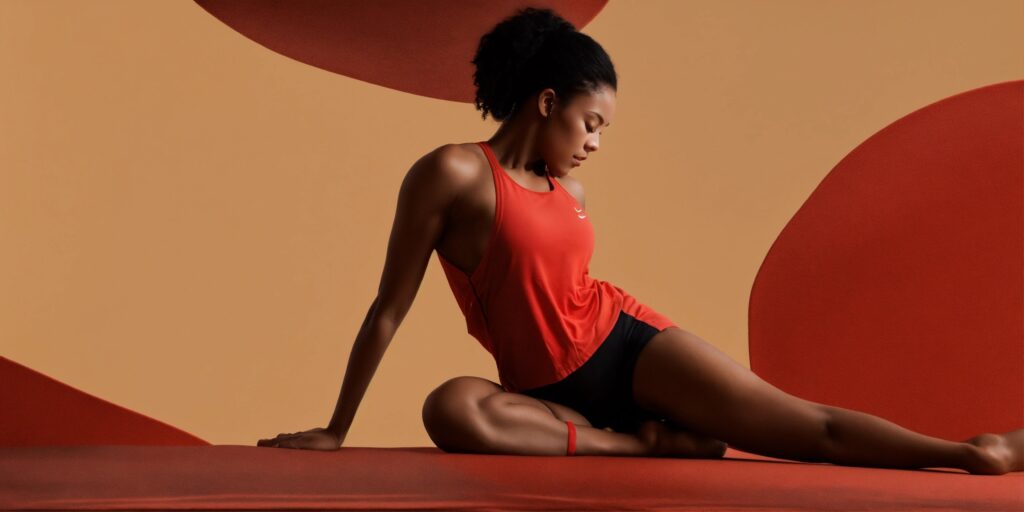
Individuals should consult a healthcare professional or certified fitness trainer. Beginners can start with simpler exercises, gradually increasing the intensity and duration. Listen to the body and stop immediately if experiencing any sharp pain.
Types of Open Leg Exercises and Their Benefits
1. Butterfly Stretch (Baddha Konasana)
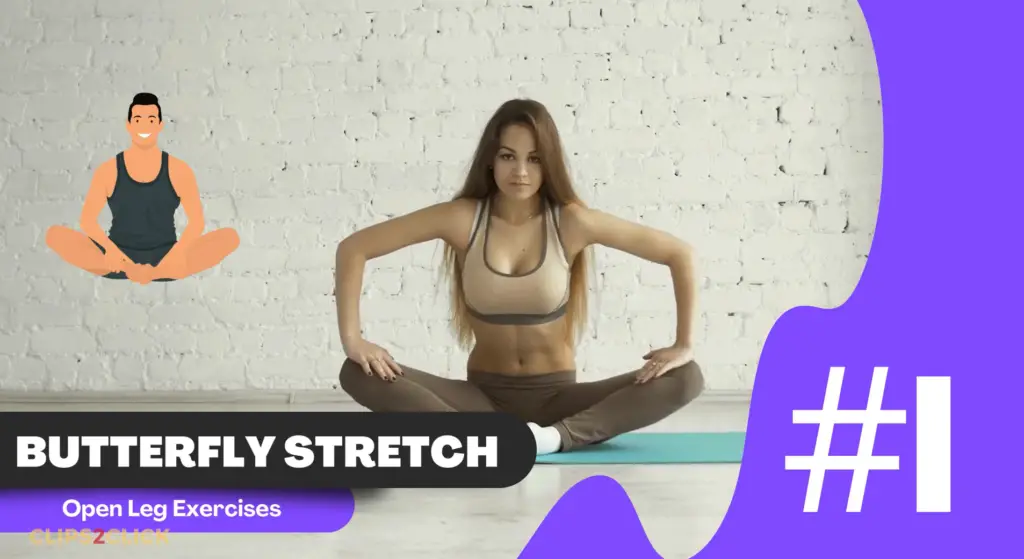
This pose involves sitting with the soles of the feet together and gently pressing the knees towards the floor. Leaning forward slightly will deepen the stretch. The butterfly stretch effectively opens the inner thighs, groin, and hips.
2. Figure 4 Stretch
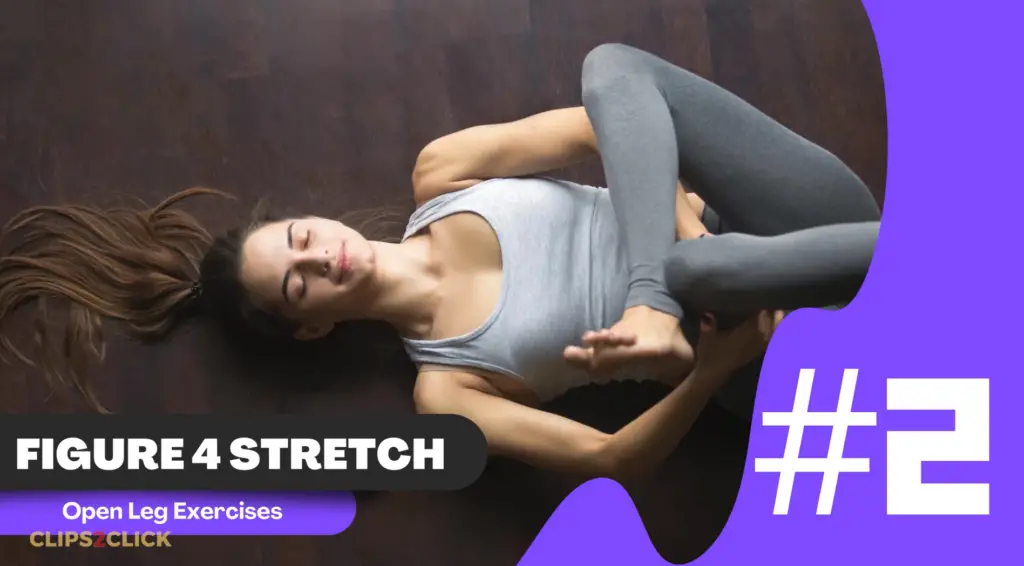
To perform this stretch, lie on your back and cross your right ankle over your left thigh. Pulling the left leg closer to the body while holding for 30 seconds targets the glutes and outer hips. This stretch is then repeated on the other side.
3. Modified Pigeon Pose (Kapotasana)
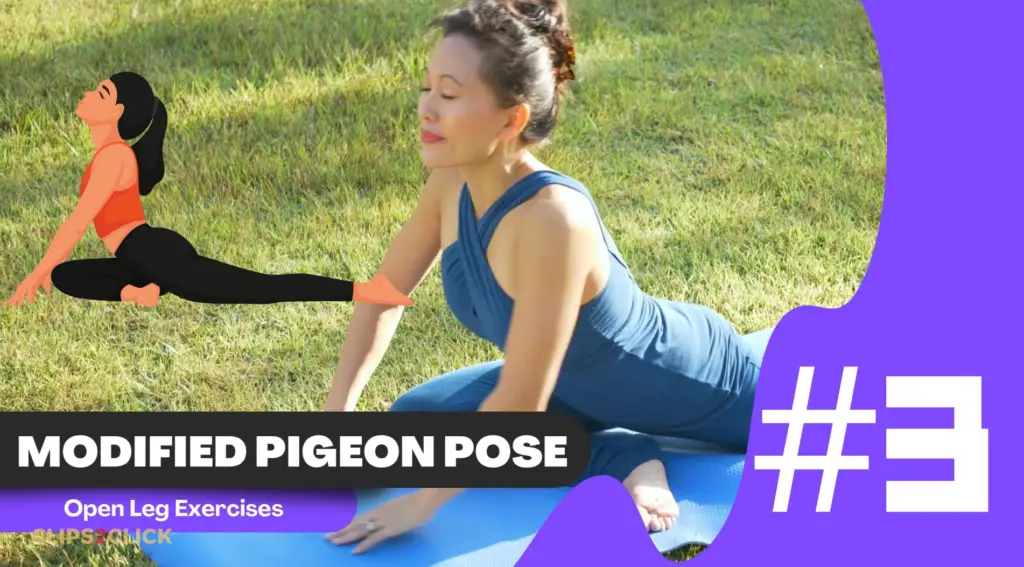
Starting on all fours, slide the right knee forward towards the right hand. The left leg is extended behind, ensuring the hips remain square to the ground. The modified pigeon pose is excellent for targeting the hip flexors, glutes, and lower back.
4. Seated Hip Stretch
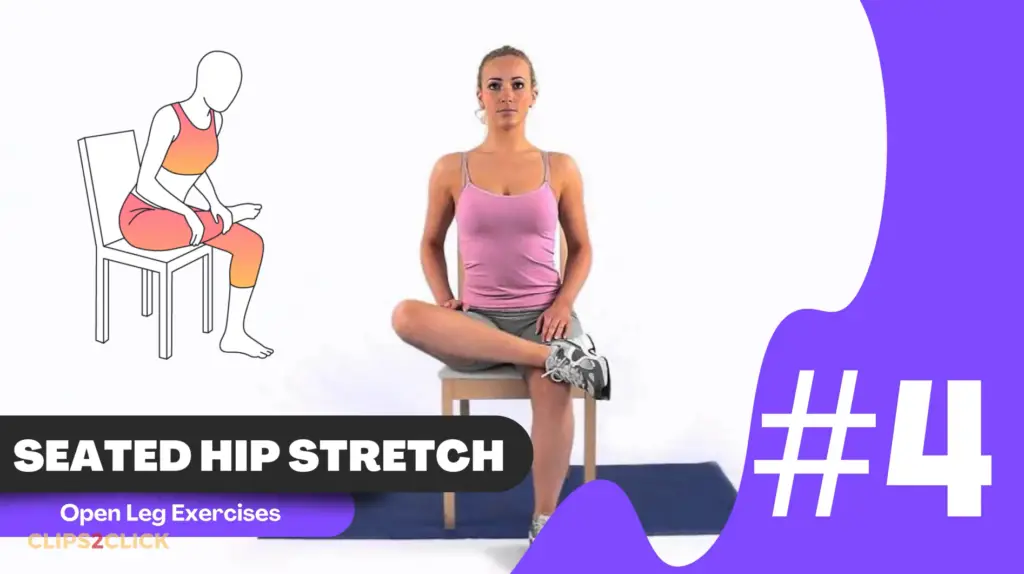
This stretch involves sitting on a chair and crossing the right ankle over the left knee. Leaning forward with a straight spine increases the stretch in the hip. The seated hip stretch specifically targets the outer hip muscles.
5. Nighttime Goddess Stretch
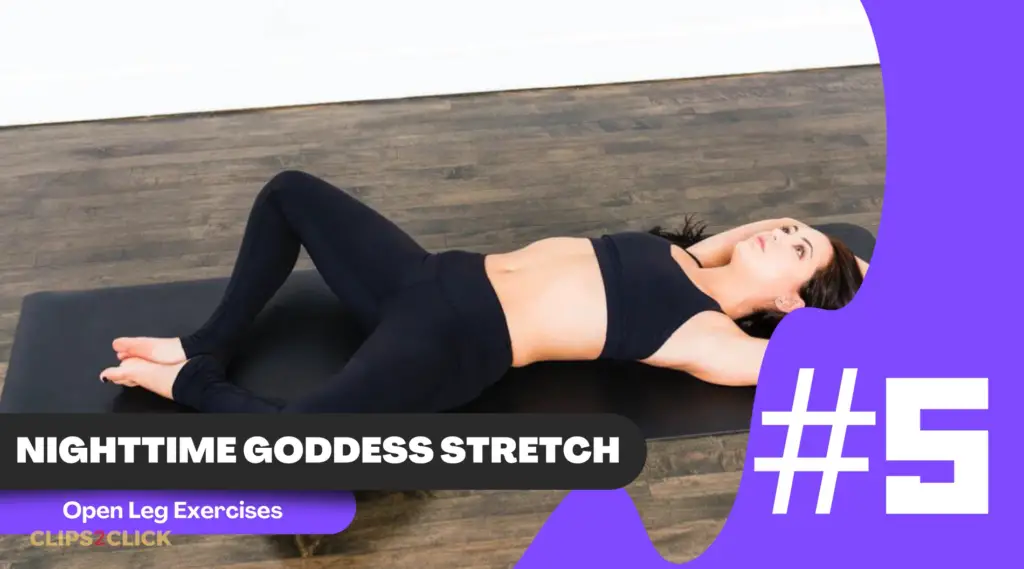
Lie on your back with knees bent and the soles of the feet together. Allowing the knees to fall open creates a diamond shape with the legs. This relaxing stretch is ideal before bedtime.
6. Lizard Pose (Utthan Pristhasana)
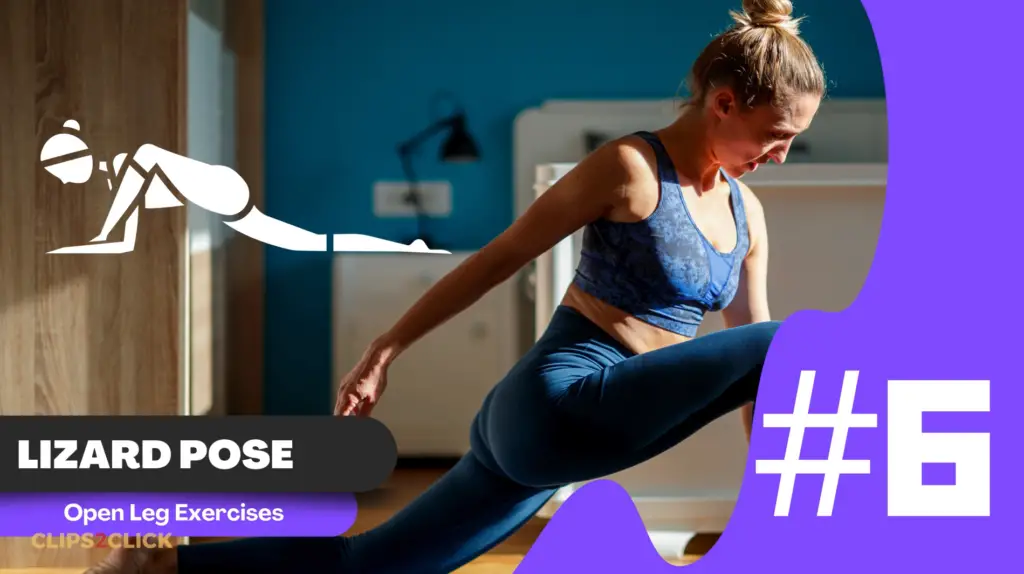
Begin in a plank position and step the right foot outside the right hand. Maintaining a straight back leg in this position deepens the stretch in the hip flexors and quads. The lizard pose is then repeated on the other side.
7. Tree Pose (Vrksasana)
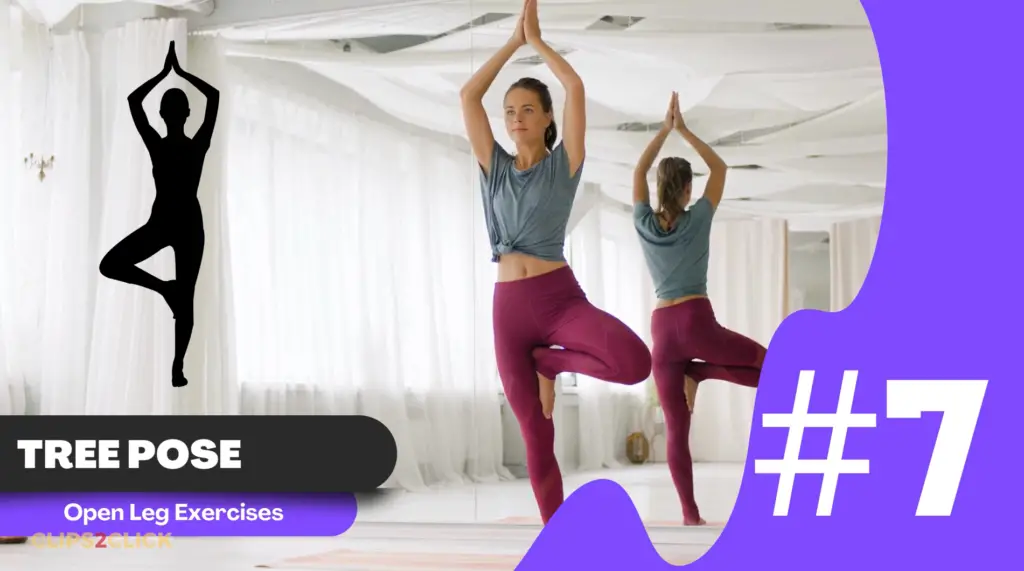
Stand tall and shift your weight onto the left foot. The sole of the right foot is then placed on the inner left thigh, with toes pointing downward. This balancing pose helps to open the hips while strengthening the legs and improving posture.
8. Cow Face Pose (Gomukhasana)
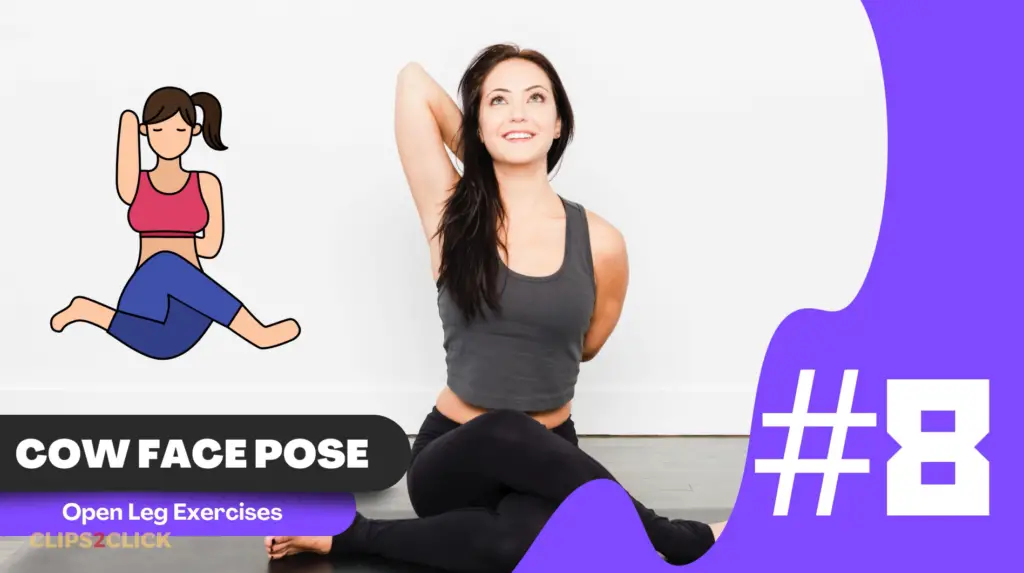
Sit with knees stacked one on top of the other, with feet by the sides. Leaning forward intensifies the stretch in the hips and thighs. This pose also stretches the ankles and releases tension in the lower back.
9. Half-Frog Pose (Ardha Bhekasana)
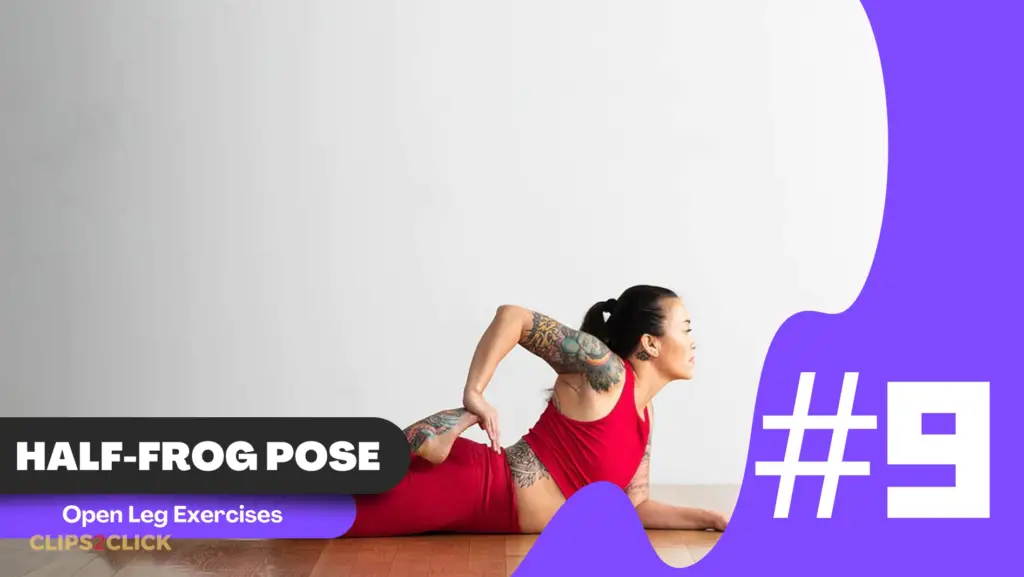
Lie on your stomach, propped up on your elbows. Bending the right knee and bringing it toward the right shoulder, while keeping the left leg straight, stretches the inner thighs, groin, and hips. This pose is repeated on the other side.
10. Happy Baby Pose (Ananda Balasana)
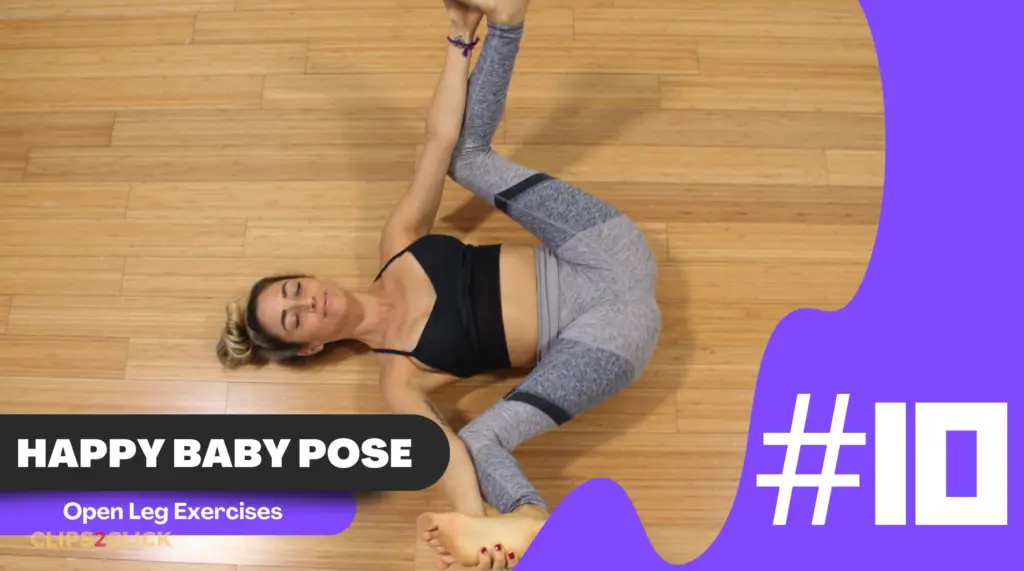
Lie on the back and bring the knees toward the chest. Grabbing the outside edges of your feet, and opening the knees wider than the torso, allows for a gentle pull of the knees towards the ground. This pose offers a relaxing stretch for the hips, inner thighs, and lower back.
Tips for Maximizing Results and Avoiding Injuries
- Warm-up: Always begin with a proper warm-up to prepare the muscles for stretching. Light cardio, such as jogging or jumping jacks, can increase blood flow and elevate body temperature.
- Proper Form: Maintaining correct form is crucial to avoid injuries. Focus on controlled movements and avoid overstretching or bouncing.
- Listen to Your Body: Pay attention to any pain or discomfort. Stop and rest if needed, and never push the body beyond its limits.
- Consistency is Key: Regular practice is essential for seeing improvements in flexibility and range of motion.
Incorporating these open leg exercises into a fitness routine can enhance flexibility and strength in the lower body. Listening to your body and stopping if you feel pain is crucial. Over time, these exercises can lead to improved ease of movement, better balance, and a stronger mind-body connection.
Remember to consult a fitness professional for guidance on the number of repetitions and sets for each open leg exercise, as well as appropriate warm-up exercises.
Related Products
References
- mindbodygreen. (2024). The 14 Best Stretches For Releasing Tight, Achy Hips STAT. [online] Available at: https://www.mindbodygreen.com/articles/hip-opening-stretches [Accessed 31 May 2024].
- Healthline. (2019). How to Do the Splits: Training Tips, Instructions, and Precautions. [online] Available at: https://www.healthline.com/health/how-to-do-the-splits.
- Marturana, A. (2017). 13 No-Equipment Leg Exercises You Can Do at Home. [online] SELF. Available at: https://www.self.com/gallery/killer-legs-no-gear-required-slideshow.
- TODAY.com. (n.d.). The best exercises to tone your legs – no weights required. [online] Available at: https://www.today.com/health/diet-fitness/best-leg-exercises-rcna21979.

